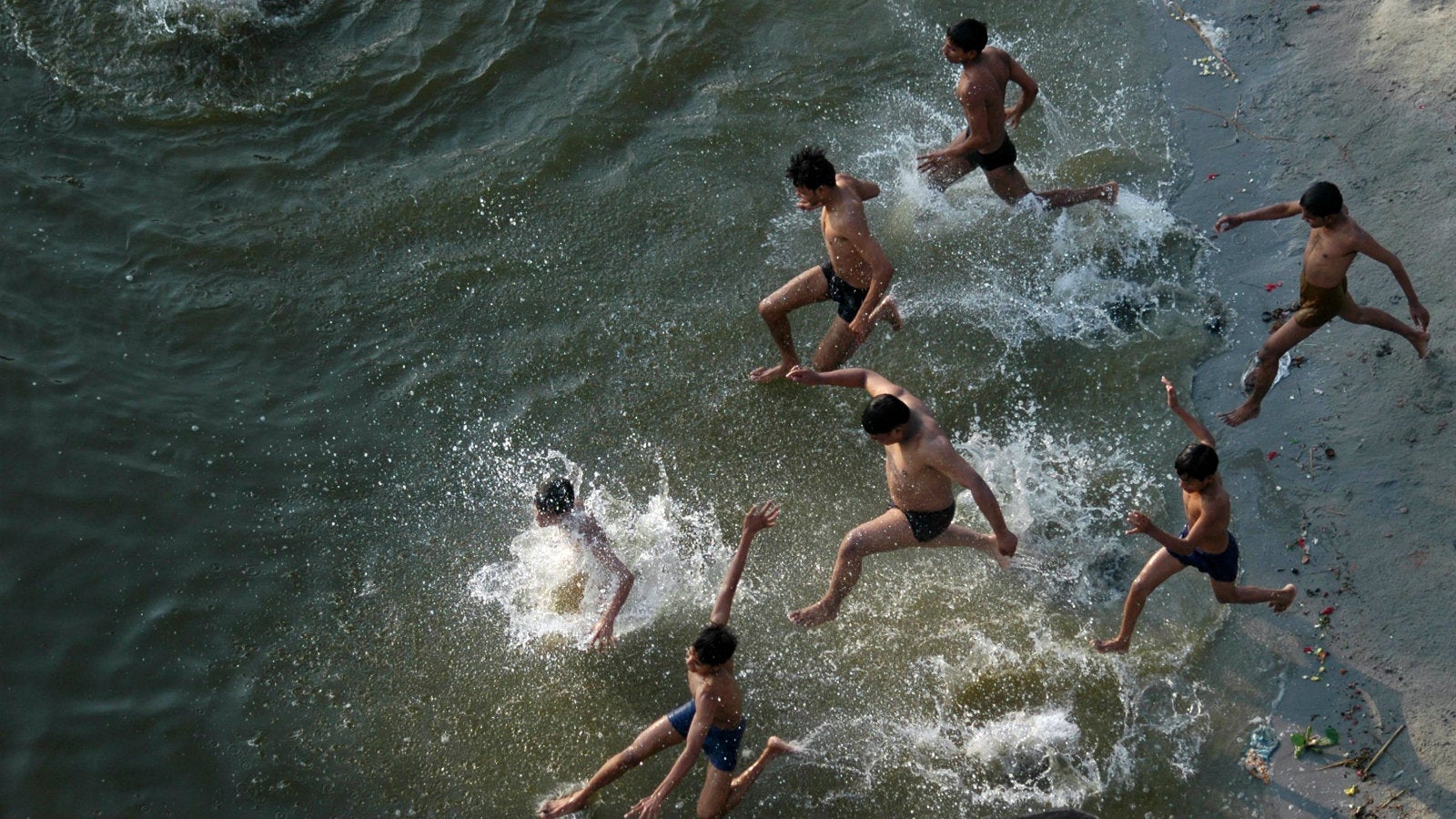India feels hotter than ever, but this summer may not be as bad as last year’s
Over the past few months, parts of India have been burning up.


Over the past few months, parts of India have been burning up.
Punjab, Haryana, Maharashtra, Andhra Pradesh, and Telangana have seen temperatures soar over 40°C, and some regions of Rajasthan have even recorded temperatures above 45°C. In the past few days, these high temperatures combined with other weather disturbances to produce deadly dust storms and thunderstorms that left a trail of destruction in their wake.
But weather forecasters say that there might be some respite ahead. “This year, the pre-monsoon will pick up after May 15,” Mahesh Palawat, chief meteorologist at Skymet, a private weather forecaster, told Quartz. With the resulting rains, he explained, the temperatures could actually be lower than last year’s.
2017 was one of the warmest years in the country’s recent history, according to the India Meteorological Department (IMD). While it wasn’t nearly as bad as 2016, the hottest recorded in over a century, more than 160 people reportedly died of sunstroke in Telangana alone. So if 2018’s pre-monsoon is in line with Skymet’s predictions, it could bring some much-needed relief.
But of course this doesn’t change the fact that with climate change, extreme heatwaves have become the new normal in India.
“Not only the number but also the intensity of these heatwaves are increasing,” Roxy Mathew Koll, climate scientist at the Indian Institute of Tropical Meteorology, told Quartz. “The mean temperatures have gone up (and) the extreme temperatures have also gone up.”
Between 2013 and 2016, heatwaves claimed the lives of over 4,600 people across India, mostly in the southern states of Andhra Pradesh and Telangana. And recent research has shown that the death toll could rise even further with just a half degree increase in temperatures over the next five years. Rising temperatures could even make parts of India uninhabitable by the end of the century.
While the country is working towards cutting its emissions, embracing renewable energy sources such as solar and wind power, besides inching towards using more electric vehicles, the problem of its ever-expanding concrete jungles remains unaddressed.
“One of the reasons for the heatwaves getting worse is urban heat islands,” Koll explained, referring to the fact that metropolitan areas tend to be warmer than surrounding rural areas because of all the concrete buildings and the vehicles. The solution, he said, is to maintain more trees, which can reduce the impact of heatwaves.
But in recent years, almost every major metropolis in India has seen its tree cover dwindle in the face of unchecked infrastructure development. Bengaluru, for instance, lost nearly 18,000 trees between 2008 and 2017. As a result, a city once known for its year-round cool climate was also expected to record temperatures of 40°C this summer.